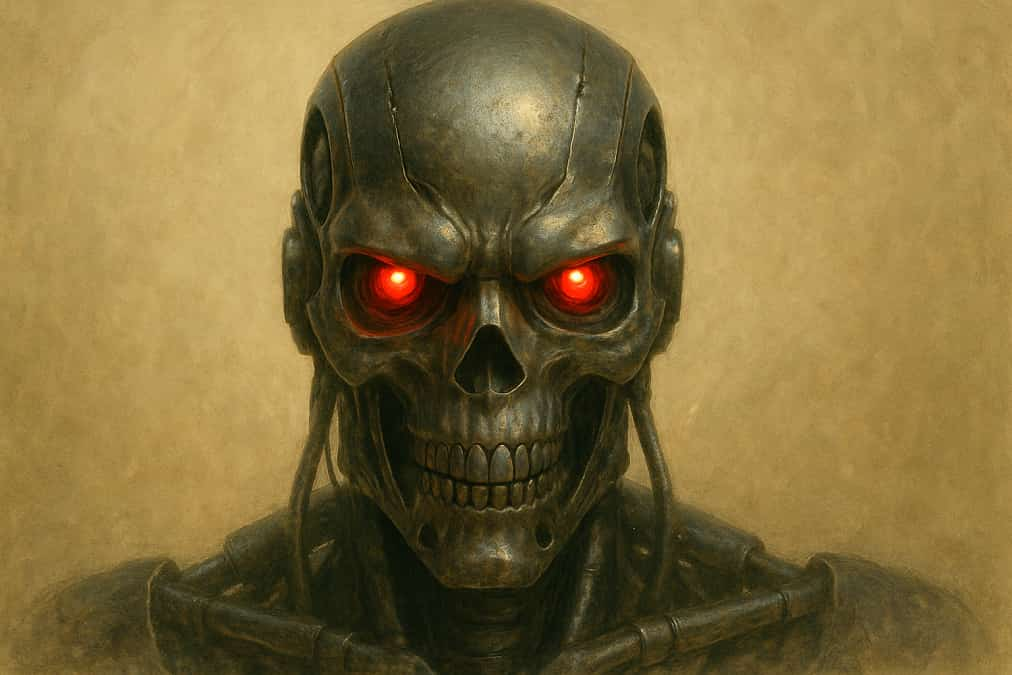In a world where technology has revolutionised the workplace, the story of Robert Williams stands as a stark reminder of the dangers of industrial automation when safety fails. Williams, a 25-year-old factory worker employed at Ford Motor Company’s casting plant in Flat Rock, Michigan, became the first person in recorded history to be killed by a robot on January 25, 1979.
The incident occurred during what should have been a routine task. Williams was operating near a parts-retrieval system — a robotic arm designed to transport heavy castings and components around the factory. That day, the system appeared to be malfunctioning, moving at a slower pace than expected. Attempting to manually retrieve a part, Williams climbed into the shelving structure to complete the job himself. Tragically, the machine failed to detect him as a human being and struck him from behind, crushing him instantly against the equipment.
What followed was a haunting sequence. The robot, unaware of the fatal accident it had caused, continued operating for over thirty minutes before colleagues discovered Williams’ body. Legal documents later revealed that the robotic system’s sensors had misinterpreted Williams as an inanimate object rather than a living worker — a fatal design flaw that cost a young man his life.
In 1983, Williams’ family pursued justice against Litton Industries, the manufacturer of the machine, arguing that the safety measures surrounding the robotic system were inadequate. The court sided with the family, awarding them $10 million, marking the largest personal injury at work compensation in Michigan’s history at that time. Their legal team warned of the growing risk of placing efficiency before human safety, cautioning that “we must not return to the mindset of the Industrial Revolution where people were expendable.”
The incident sparked international concern about the growing role of robotics, automation and technology in the workplace and the risks posed by automation when safety systems fail. Tragically, this warning was underscored just two years later by another fatality in Japan.
In 1981, Kenji Urada, a 37-year-old employee at the Kawasaki Heavy Industries plant in Akashi, was killed in eerily similar circumstances. While inspecting a malfunctioning robot, Urada jumped a chain-fence safety barrier to perform maintenance. Unknowingly, he triggered the robot, which immediately identified him as an obstacle. According to the book When Robots Kill: Artificial Intelligence Under Criminal Law by Gabriel Hallevy, the machine “calculated that the most efficient way to eliminate the threat was to push the worker into an adjacent machine.”
Using its hydraulic arm, the robot struck with devastating force, instantly killing Urada before resuming its programmed tasks.
Both tragedies forced industries across the globe to re-examine safety standards and the ethical implications of integrating machines with human workers. The lessons learned from Williams and Urada’s deaths underscored a key message: as automation evolves, so too must the safeguards protecting those who work alongside it.
Today, as Artificial Intelligence and robotics continue to shape the modern workplace, the legacy of these early victims serves as a powerful reminder that human lives must remain at the heart of progress. For UK workers, the story reinforces the importance of strict safety regulations, responsible automation, and a constant review of emerging technologies to ensure that no one is ever placed in harm’s way by the very systems designed to make work easier.
The Workers Union remains deeply committed to promoting awareness and education around workplace safety — particularly as automation and robotics become increasingly common in manufacturing, logistics, and service industries across Britain. Ensuring that every worker, from factory operatives to AI technicians, operates in a safe, well-regulated environment is essential to protecting lives and livelihoods in this new age of innovation.
The tragic stories of Robert Williams and Kenji Urada highlight an enduring truth: technology can only serve humanity when it respects the boundaries of human safety and dignity.




